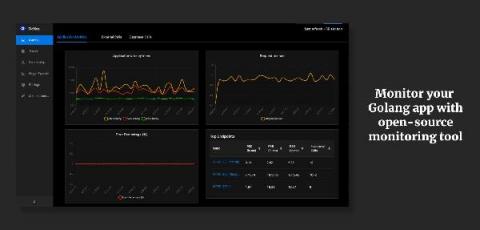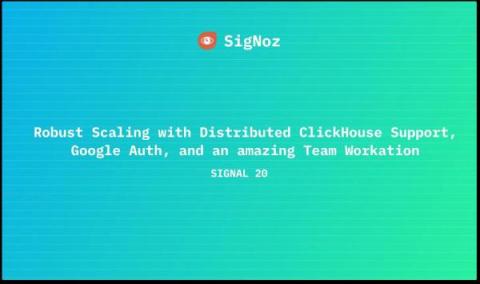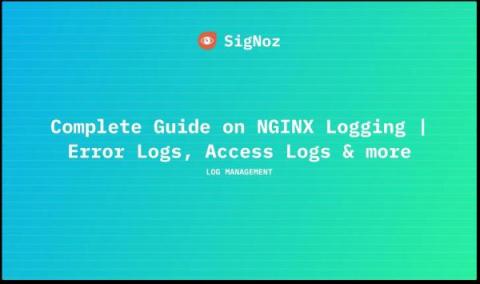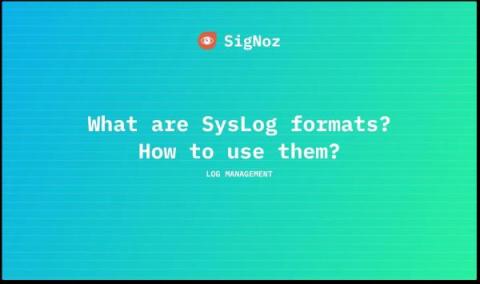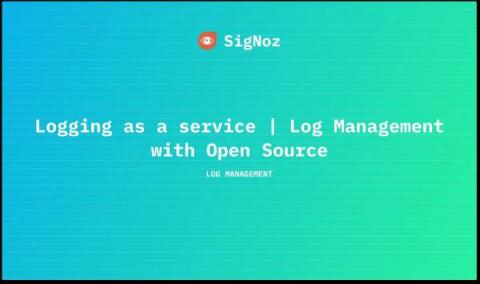Advanced filtering capabilities, Logs performance benchmark, and front page of HN - SigNal 21
Welcome to our first monthly product newsletter of 2023, SigNal - 21! Last month, we worked closely with our users to ship some advanced features which will enable our users to take advantage of their observability data more effectively. We were also trending on the front page of hacker news and got featured as one of the fastest-growing open source startups. Let’s dive in to see what humans at SigNoz were up to in the month of January 2023.



